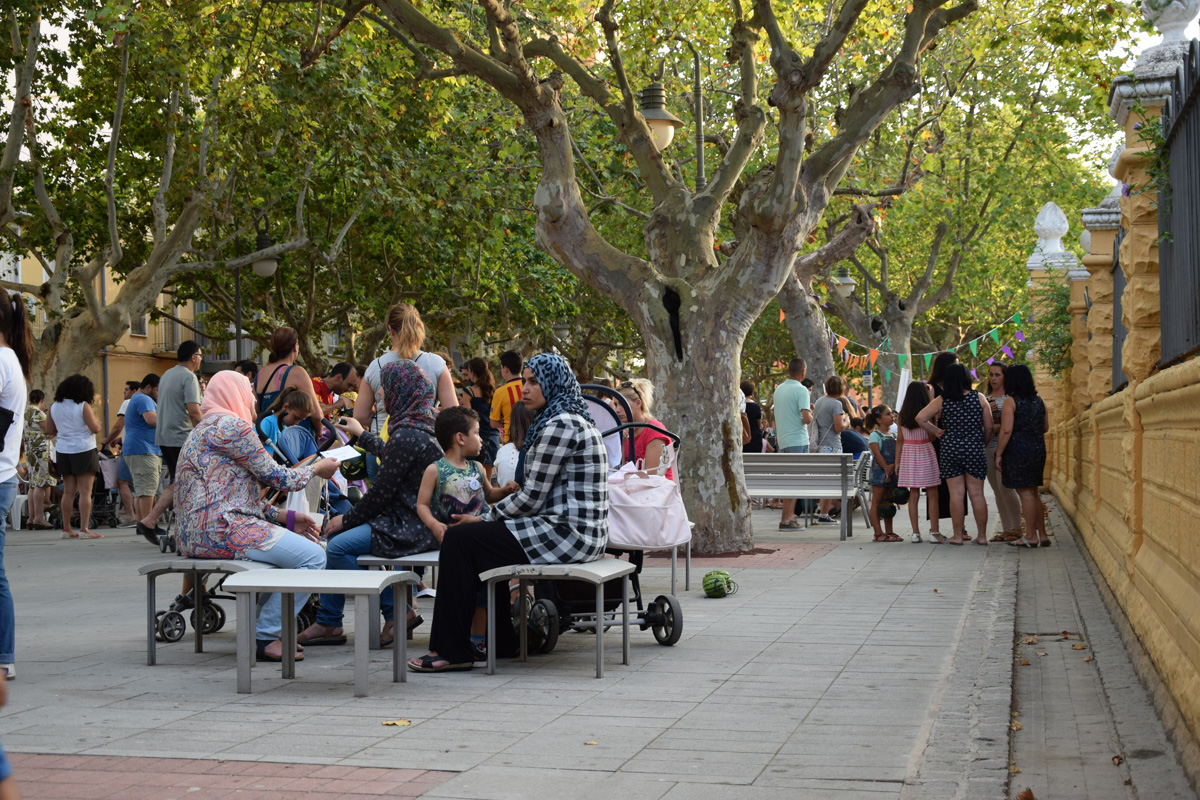Participatory observation is a qualitative research method that enables the study of social and urban phenomena through active engagement in the everyday activities of the people inhabiting a given territory. Its purpose goes beyond data collection: it seeks to capture actors’ perspectives from within, allowing for more nuanced and reflective interpretations.
This methodology supports a deep and situated understanding of urban dynamics through systemic analysis of behaviours, interactions, and meanings. At the same time, it values collective knowledge, recognises the richness of social relationships and promotes approaches grounded in attentive listening, mutual learning, and solidarity with the communities involved.
